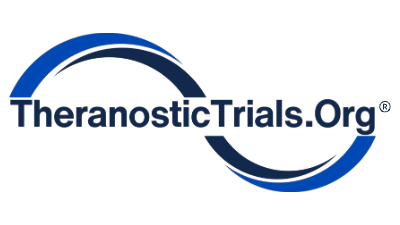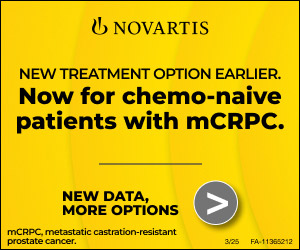
How to Navigate Ecosystem Connect NEWDistinguished Investigators Global Conferences RLT Education RLT Components Sponsors Trial Stats
Filters
(50 results)
Study Types
Enrolling Status
Study Sponsor Type
Hepatocellular/Liver (GI)
Study Status
Enrolling
On Hold
Not Enrolling
Unknown
Last Updated: Fri Jan 16 2026


